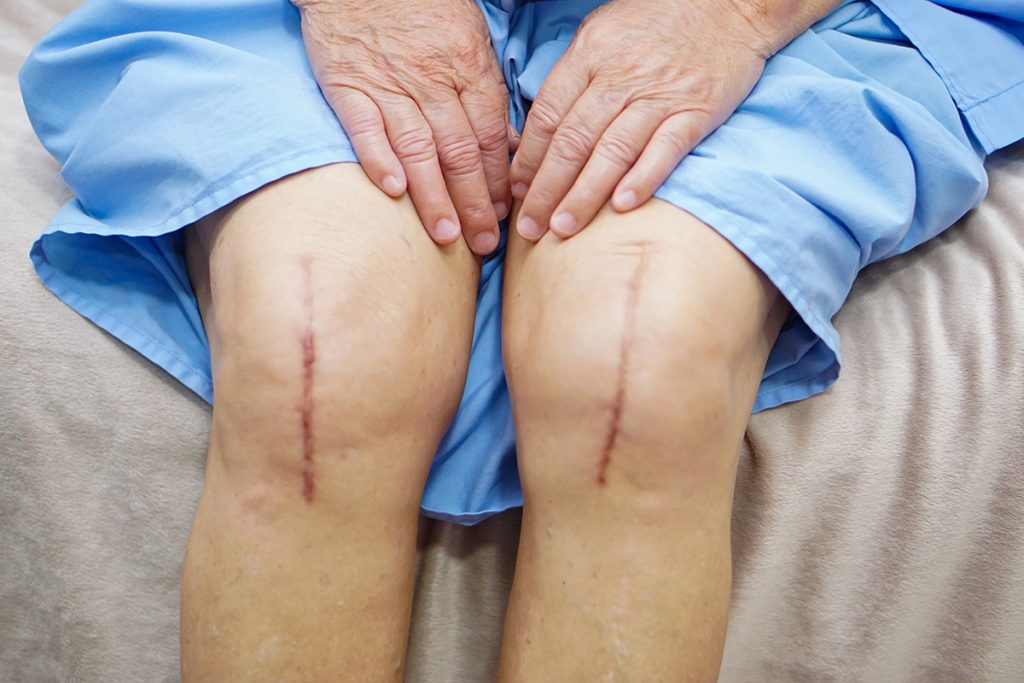In 2009, 438,000 hip and 686,000 knee arthroplasties were performed in the United States, but a 2019 study projected the numbers for 2025 and 2030 to be:
- 2025: 652,000 (hip) and 1,272,000 (knee)
- 2030: 850,000 (hip) and 1,921,000 (knee)

Medical fitness professionals who are prepared to help joint replacement clients have the best possible outcomes are going to continue to be in high demand. An important concept for any trainer working with joint replacement clients is that of Movement Literacy. Movement Literacy can be viewed as the ability to plan and execute basic motor skills, such as walking, running, squatting, lunging, reaching or throwing.
Here are some key considerations for joint replacement clients related to Movement Literacy:
- Although some joint replacements are required due to traumatic injuries, most are required due to repetitive motion issues resulting from poor biomechanics over time; chances are, a joint replacement client likely did not have good movement literacy / biomechanics around that joint in the first place.
- The quality of motor control over large, multi-joint movement tasks (e.g., walking) is a combination of the motor control of each individual joint that makes up the larger movement task.
- Think of movement like language – if you want to write the great American novel, you need to have access to every letter in the alphabet; similarly, if you want coordinated, strong, pain-free movement you need to have access to every joint in the body.
An important framework for working with a joint replacement client would be to evaluate (and train!) their Movement Literacy. Certainly, at the site of the joint replacement, but also the other joints that support the larger motor tasks the replaced joint supports:
- For knee replacements, evaluate and train motor control at the feet, ankles, hips, and pelvis
- For hip replacements, evaluate and train motor control at the ankles, knees, pelvis, and lumbar spine
- For shoulder replacements, evaluate and train motor control at the thoracic and cervical spine, scapula, and elbow
As clients gain motor control over individual joints their proprioceptive sense improves – in those individual joints trained, but also throughout the body. Essentially, their brain is building a better “map” of their body, which improves mobility and strength output, and reduces pain.
The concept of Movement Literacy is very important for joint replacement clients but also for general fitness, performance, and pain clients! Begin learning a neuro-centric approach to medical fitness and how to work with joint replacement clients with our Joint Replacement Fitness Specialist online course, available through the MedFit Classroom!

Pat Marques is a Z-Health Master Trainer and NSCA-CPT specializing in training the nervous system to improve performance and get out of pain. After retiring from the Active Duty Army, Pat pursued his education and certifications in exercise science, initially working with wounded, ill, and injured soldiers. During this time that Pat discovered the power of using a neurological approach to training to get out of pain and improve fitness and performance. He currently provides exercise therapy, movement reeducation, and strength and conditioning for all levels of clients at NeuroAthlete, from chronic pain sufferers to Olympic-level and professional athletes.
References
Singh, J., Yu, S., Chen, L. and Cleveland, J. (2019). Rates of Total Joint Replacement in the United States: Future Projections to 2020–2040 Using the National Inpatient Sample. The Journal of Rheumatology 2019; 46:9; doi:10.3899/jrheum.170990
